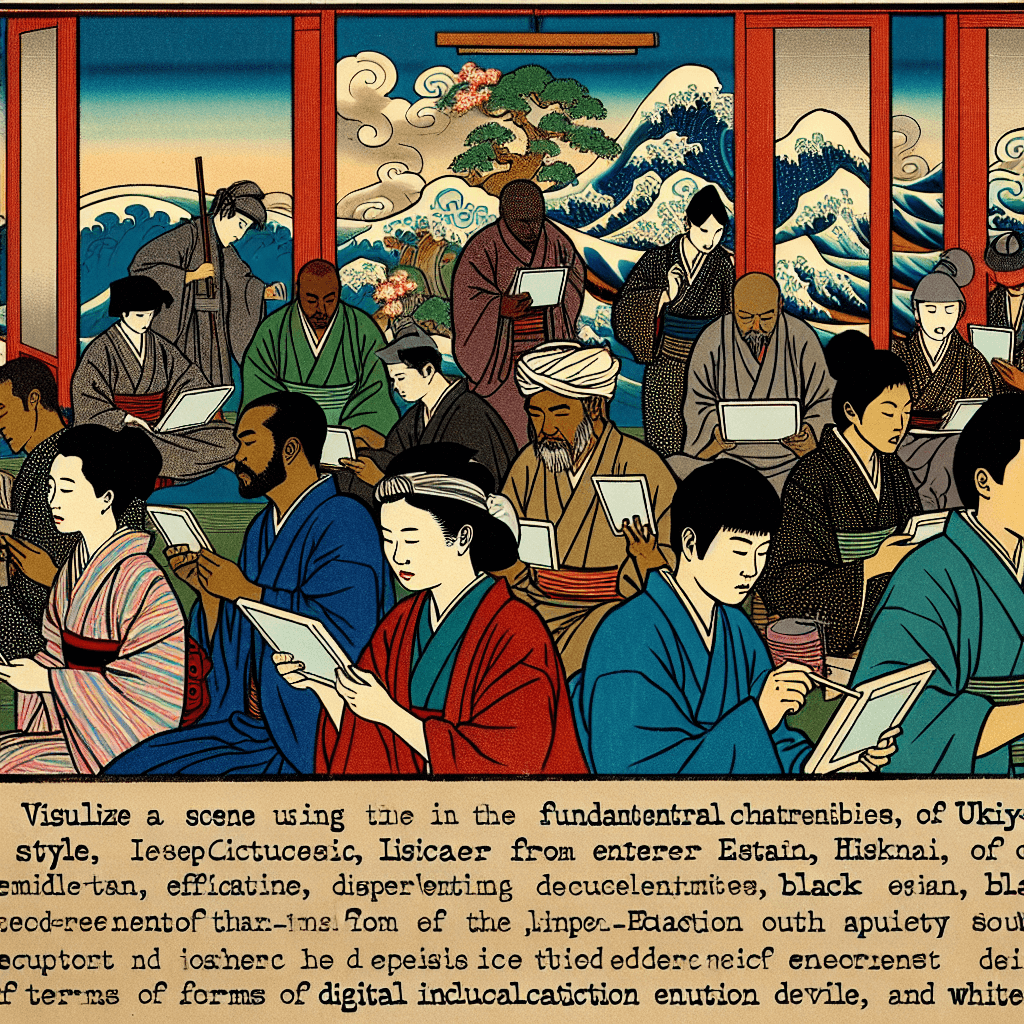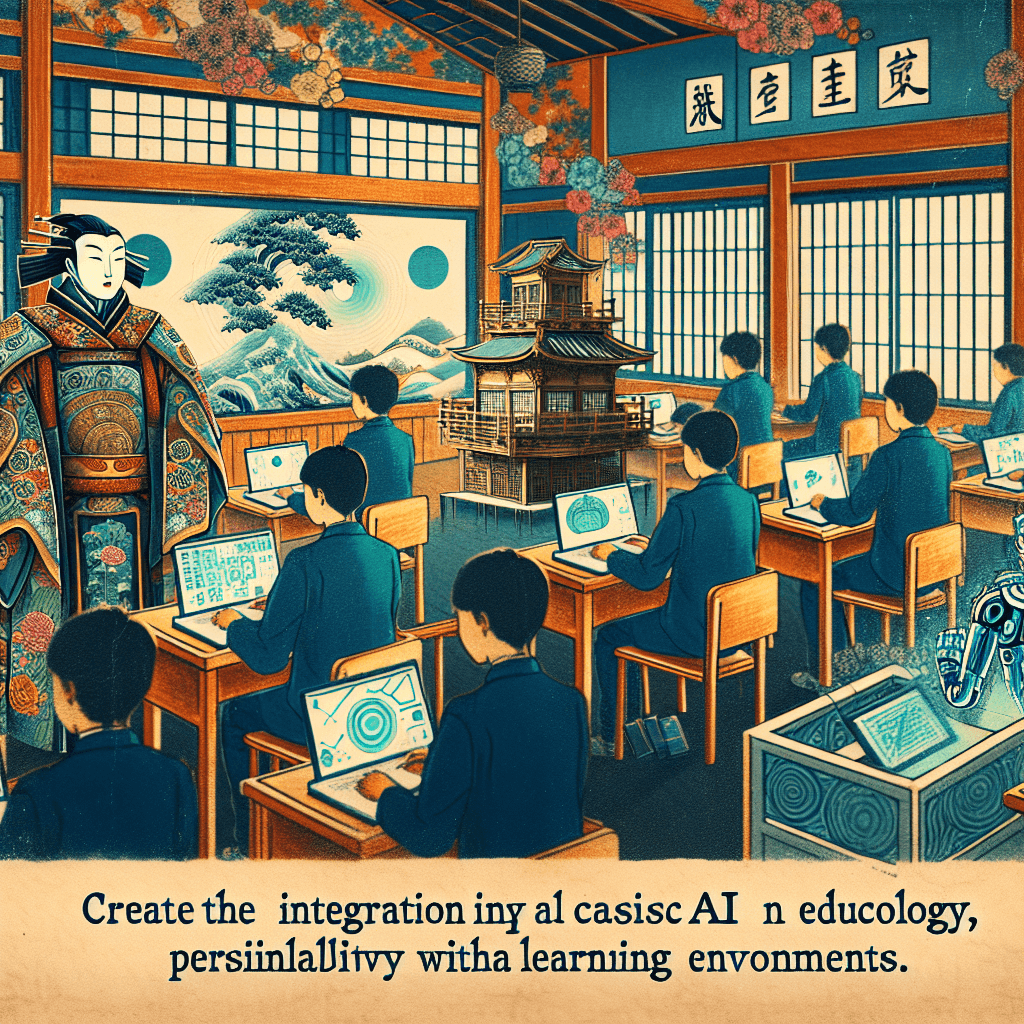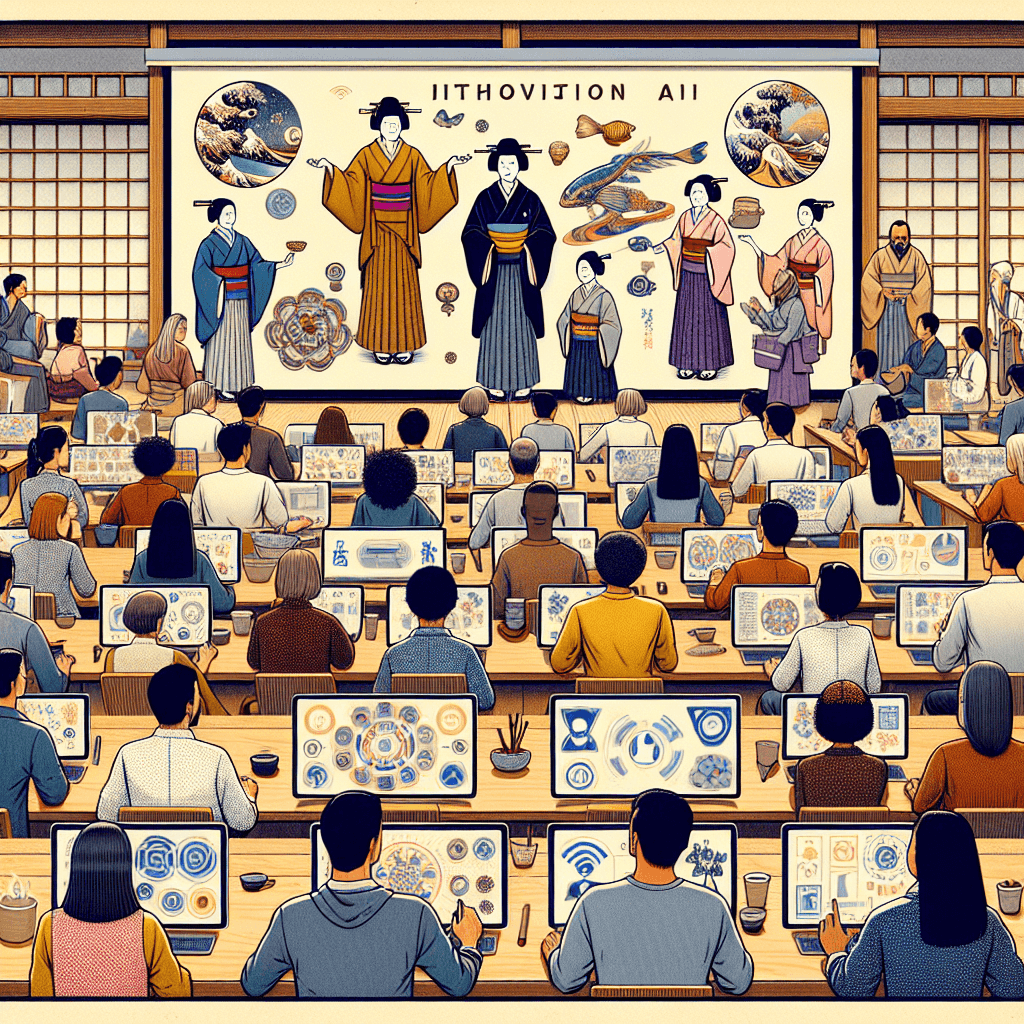Engaging Learners: User Experience in Global Digital Education
syndu | Sept. 15, 2024, 11:27 a.m.

Engaging Learners: User Experience in Global Digital Education
Introduction
In the rapidly evolving landscape of educational technology (EdTech), user experience (UX) plays a pivotal role in the success and effectiveness of digital education solutions. Engaging learners through user-centric design not only enhances their educational experience but also drives higher retention and satisfaction rates. This blog post explores the key strategies for user engagement, the importance of feedback mechanisms, and showcases examples of user-friendly interfaces and tools in global digital education.
User Engagement Strategies
1. Interactive Content:
- Gamification: Incorporating game elements such as points, badges, and leaderboards into educational content can significantly boost engagement. Platforms like Kahoot! and Classcraft use gamification to make learning fun and competitive.
- Multimedia Integration: Using videos, animations, and interactive simulations can make learning more dynamic and engaging. Tools like Edpuzzle and Nearpod allow educators to create interactive video lessons that keep students actively involved.
2. Personalized Learning Paths:
- Adaptive Learning Technologies: AI-driven platforms like DreamBox and Knewton tailor educational content to individual learning styles and paces, ensuring that each student receives a personalized learning experience.
- Customizable Dashboards: Providing students with dashboards that track their progress and suggest personalized learning activities can enhance their sense of ownership and motivation.
3. Collaborative Learning Environments:
- Virtual Classrooms: Platforms like Zoom and Microsoft Teams facilitate real-time interaction and collaboration among students and teachers, replicating the social aspects of traditional classrooms.
- Discussion Forums and Peer Reviews: Tools like Piazza and Peergrade enable students to engage in discussions, share insights, and provide feedback to their peers, fostering a collaborative learning community.
Feedback Mechanisms and User Satisfaction
1. Real-Time Feedback:
- Instant Assessments: Tools like Quizlet and Socrative provide immediate feedback on quizzes and assignments, helping students understand their mistakes and learn from them promptly.
- Interactive Polls and Surveys: Platforms like Mentimeter and Poll Everywhere allow educators to gather real-time feedback from students during lessons, enabling them to adjust their teaching strategies on the fly.
2. User Satisfaction Surveys:
- Regular Surveys: Conducting periodic surveys to gauge student satisfaction and gather suggestions for improvement is crucial. Tools like Google Forms and SurveyMonkey can be used to create and distribute these surveys efficiently.
- Focus Groups: Organizing focus groups with a diverse set of students can provide deeper insights into their experiences and preferences, helping to refine the UX design.
3. Analytics and Data-Driven Insights:
- Learning Analytics: Platforms like Canvas and Blackboard offer analytics tools that track student engagement and performance, providing educators with valuable data to enhance the learning experience.
- Behavioral Insights: Analyzing user behavior on educational platforms can reveal patterns and preferences, allowing for the optimization of content and interface design.
“By implementing interactive content, personalized learning paths, and collaborative environments, EdTech companies can create engaging and effective learning experiences.”
Examples of User-Friendly Interfaces and Tools
1. Duolingo:
- Intuitive Design: Duolingo's interface is clean, colorful, and easy to navigate, making language learning accessible and enjoyable for users of all ages.
- Gamified Learning: The app uses gamification elements such as streaks, levels, and rewards to keep learners motivated and engaged.
2. Coursera:
- Personalized Recommendations: Coursera's platform offers personalized course recommendations based on user interests and past activities, enhancing the relevance of the learning experience.
- Interactive Features: The platform includes discussion forums, peer reviews, and interactive assignments that foster engagement and collaboration.
3. Khan Academy:
- Adaptive Learning: Khan Academy's platform adapts to the learner's pace, providing personalized practice exercises and instructional videos tailored to their needs.
- Progress Tracking: The platform offers detailed progress reports and dashboards that help students and educators monitor learning outcomes and identify areas for improvement.
Conclusion
User engagement and experience are critical components of successful digital education solutions. By implementing interactive content, personalized learning paths, and collaborative environments, EdTech companies can create engaging and effective learning experiences. Feedback mechanisms and user satisfaction surveys further enhance the UX by providing valuable insights for continuous improvement. As the EdTech landscape continues to evolve, prioritizing user-centric design will be key to achieving educational excellence and fostering lifelong learning.
By focusing on these strategies and leveraging user-friendly tools, EdTech companies can ensure that their digital education solutions are not only effective but also enjoyable and engaging for learners worldwide.






